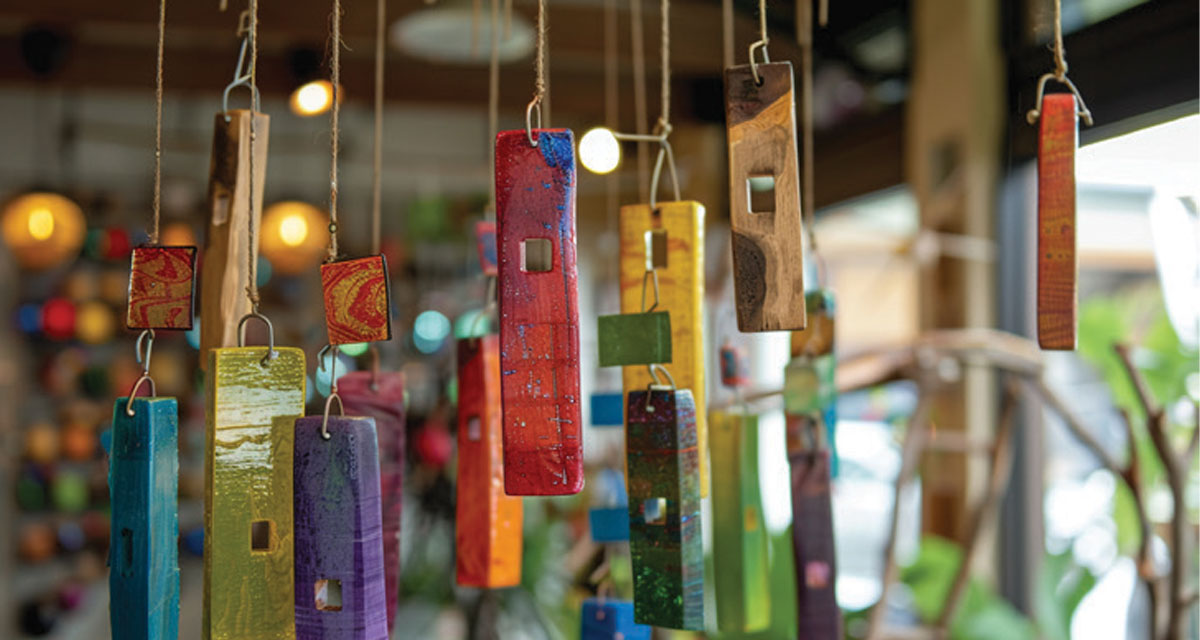The words arrive soon after our kids have settled comfortably into their new school schedules. “Mom, we need to start planning for Halloween. It’s around the corner and this year is going to be great!” In a whirlwind of words, detailed descriptions of costume ideas will be mentioned, which precede the sugar- and chocolate-coated rewards of visiting almost every house in the neighborhood. Wait! Hold on! While the celebration emphasizes two aspects, the costumes and candy, October is also the perfect month to inspire our youth by learning about Halloween’s origins.
Origin of Jack o’ Lanterns: Our ancestors did not wander through pumpkin patches in search of the perfect Jack o’ lantern; it wasn’t even a pumpkin. The Irish tell the story of Stingy Jack, a man who played a joke on the Devil. After agreeing to sit down for a drink, Stingy Jack convinced the Devil to turn himself into a coin to buy the next round of drinks. Rather than see the Devil return to form, he pocketed the coin. Bargaining with the Devil, Jack tricked his way to freedom once. The second time he was condemned to a never-ending night. Fortunately, finding a turnip, Jack inserted a burning piece of coal to light his way. Irish and Scottish children began cutting scary versions of their faces on turnips, beets, and potatoes to scare away Jack’s spirit. Immigrants brought this tradition of “Jack the Lantern” or “Jack o’ Lantern” to America and discovered that pumpkins, which were plentiful in late October, were also easy to carve.
Family Activity: Instead of a pumpkin, encourage older children to think outside the box and find an alternative fruit that would serve as a Jack o’ Lantern.
Family Activity: There’s nothing that enhances our opinion of a great holiday more than thinking about eating comfort foods. Rather than purchase pies and other baked goods, consider making seasonal loaves of breads, pies, and cookies. Roasted pumpkin seeds are another delicious seasonal snack!
History of Halloween:
Halloween originated as a Celtic holiday called “Samhain” (pronounced Sah-ween,) reflecting a belief that the dead would return to mingle with the living. People lit bonfires and gathered fruits and vegetables to surround the sacrificed animals on their journey between the two worlds. In taking the principles of Samhain to heart, they also continued to celebrate the wandering dead by setting out gifts of food and drink while wearing masks to scare away the evil spirits. Thus, we can see how today’s Halloween celebrations originated and continued to evolve!
Family Activity: Please encourage your child to learn more about how their grandparents and other family members celebrated Halloween. There may be wonderful ancestral stories to make one evening extra special!
Family Activity: Start a new tradition by gathering family and friends around a fire pit after an evening of trick-or-treating. Campfire desserts are extra delicious; therefore, use cast-iron pots to bake cobbler or hot chocolate, or simply roast marshmallows to enjoy the gooey taste of S’mores!
Family Activity: Halloween, transitioning into November, is the ideal time to celebrate the harvest. Small uncarved pumpkins and gourds could comprise a centerpiece for your kitchen table. In addition, autumn root vegetables may offer the opportunity to discuss healthy foods, to repeat warnings about overindulging, and to express the wish for attendance of the entire family at the dinner table.
The fall combines color, activities, adventures, great history, and folktales. Consider expanding the conversation beyond costumes and candy. The month leading into November offers so much more. Make it enriching and spectacular!























